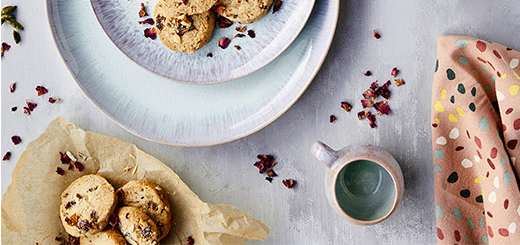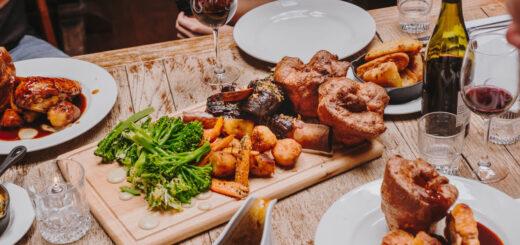Restaurant Reinvention

For many people, last week marked the year anniversary of the first serious lockdowns coming into effect—when the gravity of the pandemic set in. People took to social media to share carefree photos of their last days of normalcy. Gatherings at restaurants featured heavily among these memories; smiling groups squeezed into booths, impressively plated dishes, the clinking of glasses across the table. It comes as no surprise then, in most surveys, restaurants consistently rank one of the things people have missed the most. For their part, restaurants have faced an incredibly difficult year. In the United States, according to the National Restaurants Association, nearly 2.5 million jobs have been lost across the sector. 1 in 6 restaurants nationwide were forced to permanently close. Of these establishments, the majority were time-honoured features of the community, restaurants that had been in business for an average of 16 years. Ireland too has lost many beloved businesses during this time. The industry, which had been in growth for the last eight years, was expected to lose over 4 billion in customer spending in 2020. And, after a year of fluctuating restrictions, the hospitality sector is likely to remain mostly closed until mid-summer. However, if there is any silver lining, it is the resilience we have seen from restaurants, who have pivoted to new, creative models of operating during this time. This is innovative energy we are likely to see for years to come.
Delivery
In the first half of 2020, Deliveroo saw 600 new sign ups from Irish restaurants, a 50% jump in the number previously using the platform. Amidst this, there has also been the rise of ‘dark kitchens’, food businesses whose entire model is to operate solely via delivery. In Los Angeles, Gwyneth Paltrow recently launched her own Goop Kitchen in this style. Many independents however are wary, understanding these enterprises as data-driven competitors with drastically lower overheads.
Meal Kits
Home Dining Meal kits have been another avenue, especially popular with Irish restaurants. From DIY dumpling kits, to BBQ boxes, to seven course fine-dining meals, ‘at home’ options have been successfully emulating some of the delight of a restaurant experience. With a bit of unpacking and reheating, people are able to enjoy the novelty of a restaurant meal from their home, whilst supporting their favourite local establishments. Many of the restaurants, which were hardest to get reservations at before COVID, have continued to generate buzz with their thoughtful weekly menus and drinks pairings. Many, like the Altabox from Dublin’s Alta, routinely sell out online in just a few hours. With the Irish population forced to celebrate many of this spring’s occasions at home, restaurants have tailored their offering. There was no shortage of choice for Valentine’s Day dinner at home or afternoon tea boxes for Mother’s Day.
Localised Grocery
Walk into your local coffee shop and you are likely to find that, at the very least, they now have a selection of preserves, and condiments for sale. Some have taken this much further selling bread, meat, and vegetables—essentially becoming mini grocery stores. By doing so, restaurants have created a hyper-localised shopping experience, which in turn, supports other local food producers. It also connects their suppliers, who too are struggling from the closure of restaurants, directly to the end consumer. According to research from Bord Bia, 64% of Irish people are minimising their trips to stores, with 36% of people choosing where to shop based on safety. Shopping locally can feel intuitively safer. It also gives us back some of the joy of browsing we are missing, now that most of our experiences with retail are highly efficient and calculated affairs. Professional chefs are well known to be experts at selecting ingredients. In curating a grocery offering, restaurants are offering shoppers an exciting way to indulge, which feels rooted in an expert understanding of food and drink. In addition, it gives restaurants an avenue to retail some of the signature elements of their own menu, like house-made sauces. We can expect that many restaurants, having seen the potential in these products, may take this momentum and run with it.
Most of us are desperately looking forward to returning to restaurants in their classic dine-in style. Yet, if we are honest, we can also appreciate how these innovations might benefit us going forward. The quality and diversity of food available for delivery has never been higher. At home meal kits could continue to give people flexibility, and a dining experience when a meal in a restaurant is not practical. And restaurant grocery offerings have introduced people to new products and championed local. While the post-pandemic reality remains uncertain, food businesses have unveiled their versatility and adaptability. This has been a time of unprecedented creativity. For all those that love to eat, the future looks exciting.




